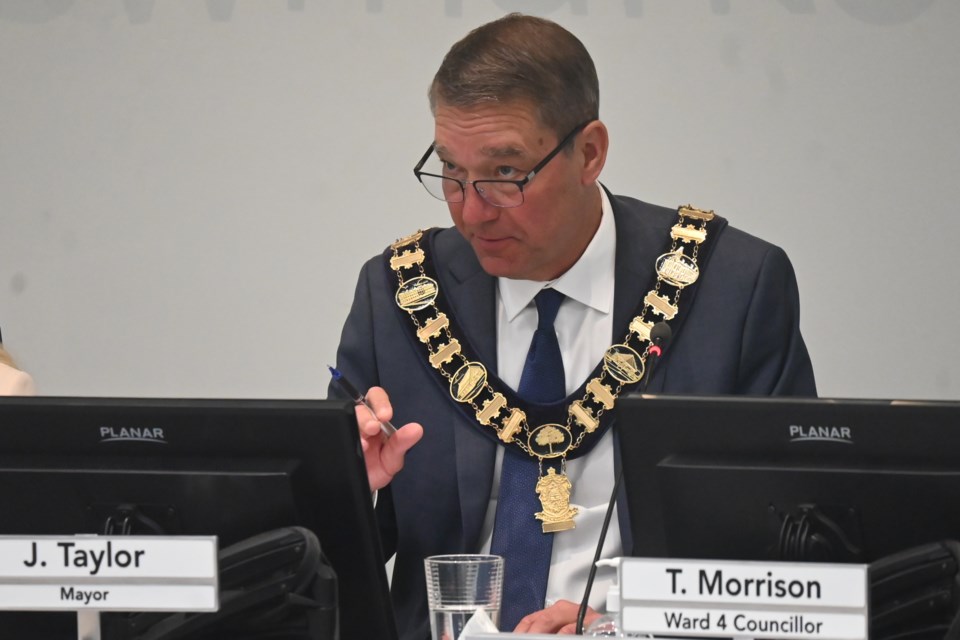The Town of Newmarket plans to maintain a tax increase for infrastructure as it looks ahead with 11 per cent of its roads expected to need replacement in 10 years.
Newmarket council took a deep dive into its infrastructure during a special meeting today, March 24. The meeting highlighted the condition of the town’s infrastructure, toward creating a 10-year asset replacement plan being mandated by the province.
While the town’s infrastructure is currently in mostly fair or better condition and above-average, deterioration is coming, with about 11 per cent of roads expected to be ready for replacement by 2034, versus two per cent today.
Town staff are going ahead with a minimum 1.5 per cent tax rate increase toward the infrastructure replacement fund, increased from one per cent used pre-pandemic.
“It’s challenging, but it’s a challenging area for everybody. The math is tough, it’s that simple,” Newmarket Mayor John Taylor said.
Newmarket has about $3.2 billion in infrastructure assets, including water infrastructure, roads, bridges, parks and facilities. About 90 per cent of the town’s infrastructure is in fair or better condition as of 2024, with 10 per cent either approaching replacement or ready for replacement. That replacement figure is expected to swell to 25 per cent in 2034, and about 30 per cent by 2044.
Staff said the town faces risk from both the natural decline of assets and increased inspection and maintenance needs. Construction inflation has also made existing reserves worth less.
Previously, the town used a one per cent tax rate increase annually for its infrastructure replacement fund, with a target for 2042 to reach sustainability. That sustainability projection stretched to 2058 after pandemic inflation, so the town now plans to go forward with a 1.5 per cent tax rate increase annually solely for infrastructure to reach sustainability by 2046.
Taylor said the 1.5 per cent figure could be tweaked depending on necessity in the coming years.
“The challenging decades are not the next one. It’s the two or three after that,” Taylor said, adding that “there’s also that concept of intergenerational equity, and part of this is stretching out the tax impact, the cost of asset replacement, over many years, decades.”
Many municipalities are facing infrastructure issues and deficits. Newmarket’s road conditions are about five per cent above the Canadian average and its bridges are about eight per cent above.
“We’re in very good shape in terms of what we’re doing with what we have,” Taylor said. “But obviously we need to constantly think about support from other levels of government in terms of the share of funding and the share of assets.”
Councillor Victor Woodhouse thanked staff deeply “for their work and for making sure that there’s property funding … for us to be able to properly anticipate as we much as we can, what can break down, so that we are in good shape. Not just for this term, not just for even five or 10 years down the road, but there’s a solid base for the community going forward.”
Staff will be preparing a new asset management plan at a future council committee meeting. The full related staff presentation is available through the town’s website.




